Try findContours()
I suggest you to try findContours() with its companion boundingRect().
Here is how you can make it work.
Load the image in grayscale, then pass it to the function findContours().
img = cv2.imread('tZHHe.png', cv2.IMREAD_GRAYSCALE)
contours, hierarchy = cv2.findContours(img, cv2.RETR_EXTERNAL, cv2.CHAIN_APPROX_SIMPLE)
Getting the bounding box from contours, it returns x, y coordinates of the top left corner and w, h the width and height of the box:
[cv2.boundingRect(contour) for contour in contours]
#=> [(117, 118, 17, 56), (274, 101, 33, 65)]
View in action
Try this maybe in a Jupyter Notebook to see a kind of animation:
def corners_from_bounding_rect(bounding_rect):
x, y, w, h = bounding_rect
points = {'top_left': (x, y), 'top_right':(x+w, y), 'bottom-left': (x, y+h), 'bottom-rigth':(x+w, y+h)}
return points
Retrieve the points from contours using the method defined:
corner_groups = [corners_from_bounding_rect(cv2.boundingRect(cnt)) for cnt in contours]
# [{'top_left': (117, 118),
# 'top_right': (134, 118),
# 'bottom-left': (117, 174),
# 'bottom-rigth': (134, 174)},
# {'top_left': (274, 101),
# 'top_right': (307, 101),
# 'bottom-left': (274, 166),
# 'bottom-rigth': (307, 166)}]
Then plot the sequence:
pinned_img = img.copy()
for n, corners in enumerate(corner_groups):
for name, point in corners.items():
cv2.circle(pinned_img, point, 10, 255)
plt.title(f'{n}-{name}')
plt.imshow(pinned_img)
plt.show()
The first image from the squence:






